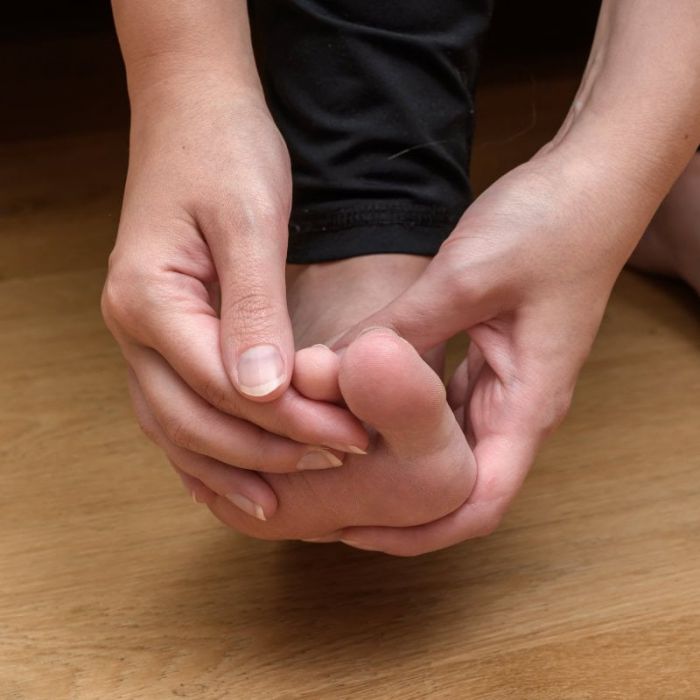Treatment for Diabetic Foot Ulcers
Diabetes is an extremely common condition worldwide. Over 30 million people in the US alone were diabetic in 2015, or approximately 9.4% of the population. Unfortunately, the incidence is on the rise and expected to exceed 50 million Americans by 2030.
Several factors are contributing to this diabetic foot ulcer, including poor diet and sedentary lifestyle. Diabetes has a negative impact on many organ systems in the body, including the kidneys, circulatory system, nervous system, eyes and feet. Therefore, diabetics are strongly encouraged to perform daily foot exams on themselves and to develop a lasting relationship with a podiatrist, or foot specialist, to undergo routine diabetic foot care in an effort to prevent ulcers before they start.
What are specific effects of Diabetes on the feet?
Peripheral Neuropathy (PN) – or damage and dysfunction to the nerves outside the brain and spinal – results in 60 – 70 % of diabetic cases. The most common symptoms impacting the feet include numbness, tingling, and burning pain, which is usually worse at night. Weakness, stiffness, contractures, loss of balance and extreme dryness of the skin can also occur in the lower extremities. The end result is often development of wounds on the bottom of the feet, which can be difficult to heal.
Peripheral Arterial Disease (PAD) is also very common in diabetics, present in nearly 30% of patients over 50. This condition results in diminished blood flow to the feet, leading to impaired wound healing and higher likelihood of developing an infection.
Diabetics are also immunocompromised, which means they are unable to fight infection and diseases as well as non-diabetics. Combining this with PAD and PN puts Diabetics at high risk for developing wounds, which if left untreated, could lead to amputation of the feet. This is why routine diabetic foot care is of utmost importance.
Diabetic Foot Problems
Medicare and most other insurance companies recognize the importance of keeping a close eye on diabetic feet and ulcers so that problems are recognized before they become serious and limb threatening. This entails a regular visit and exam with a podiatrist. For advanced diabetics, this should be done every two months.

During this exam, the foot specialist will check circulation and sensation, as well as inspect the skin for any concerning areas for wound development such as callouses, cracking, or moisture between toes. It is advisable to check for ulcers at this stage as well. The structure of the foot will also be assessed as disintegration of the bones and joints can occur in diabetics with neuropathy.
The patients will be educated on the performance and importance of self-examination of their feet, proper hygiene and proper footwear. In fact, special diabetic shoes are often prescribed for prevention of wound development and ulcers. Additionally, exercise is encouraged as part of the treatment for diabetes, thus making optimum foot function even more important for diabetics.
FIND A DIABETIC PODIATRIST NEAR YOU
Most diabetic foot infections and resulting amputations are preventable! Ignoring diabetes is a sure way to end up with limb or life threatening poor health. Fortunately, in combination with proper glucose control and regular doctors visits, diabetics can lead a perfectly normal, healthy life. Therefore, if you or someone you know is diabetic, schedule an appointment with the board-certified podiatrists at Certified Foot & Ankle Specialists today to stay in front of the potential devastating effects this disease can have on your feet



